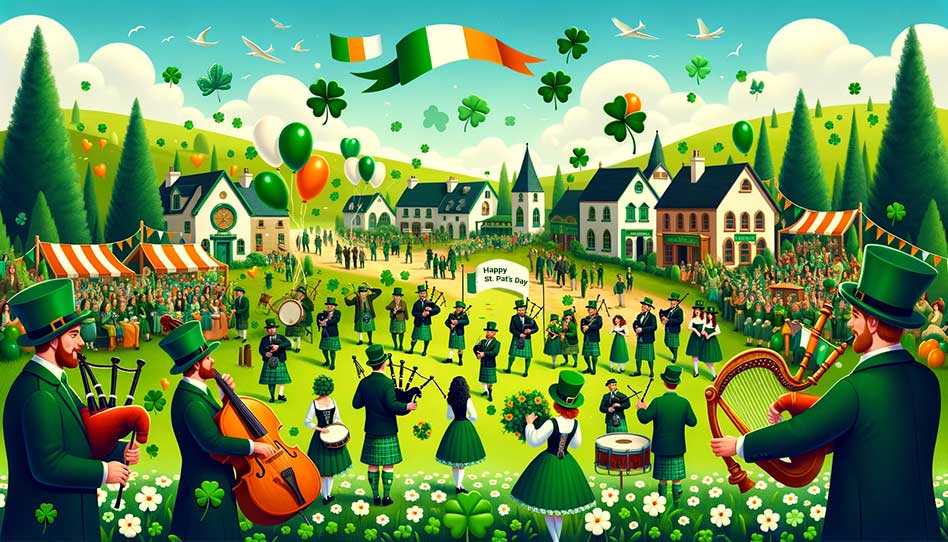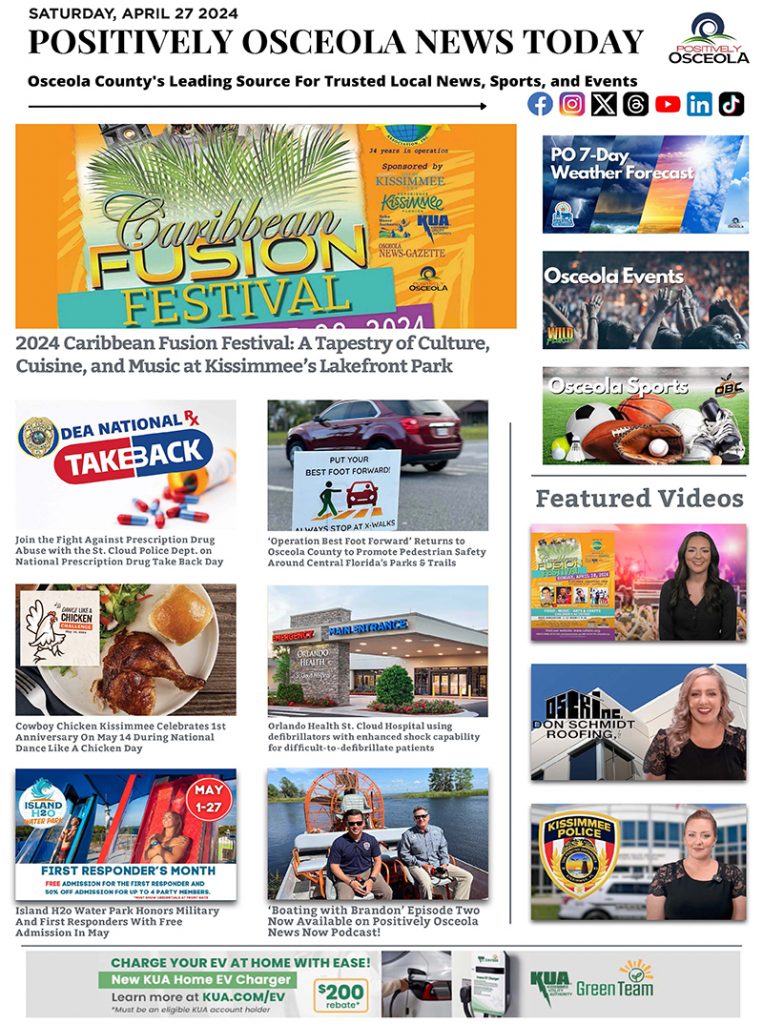St. Patrick’s Day, traditionally celebrated on March 17th, transcends its origins as a religious observance to honor St. Patrick, the revered patron saint of Ireland, evolving into a vibrant, global celebration of Irish culture and heritage. This transformation over the centuries highlights the holiday’s ability to adapt and embrace a spirit of joy and community that resonates worldwide.
The fifth century marked the beginning of this celebration, commemorating St. Patrick’s contribution to bringing Christianity to Ireland and his passing. Today, it has blossomed into an international festival encompassing a wide array of Irish cultural expressions, including music, dance, and culinary traditions.
The iconic parades, a staple of St. Patrick’s Day festivities, serve as a dynamic showcase of Irish pride, with cities from Dublin to New York City staging elaborate processions that attract millions of spectators each year. Participants often dress in green, symbolizing the lush landscapes of Ireland, and adorn themselves with shamrocks, a nod to the legend of St. Patrick using the three-leaved plant to explain the Holy Trinity.
The custom of “greening” prominent landmarks has become a hallmark of the celebration, with global icons such as the Sydney Opera House, the Empire State Building, and even the Chicago River being illuminated in green, uniting people across different cultures in a shared appreciation for Irish traditions.
Moreover, the culinary aspect of the holiday offers another layer of cultural immersion, with traditional Irish foods and drinks taking center stage. Corned beef and cabbage, Irish soda bread, and a pint of Guinness become the fare of choice for many, enhancing the festive atmosphere.
As St. Patrick’s Day continues to evolve, it remains a testament to the enduring appeal of Irish culture and the ability of traditions to foster connections among people around the globe, celebrating not just the history of one nation, but the shared joy and camaraderie that cultural festivals can bring.


















